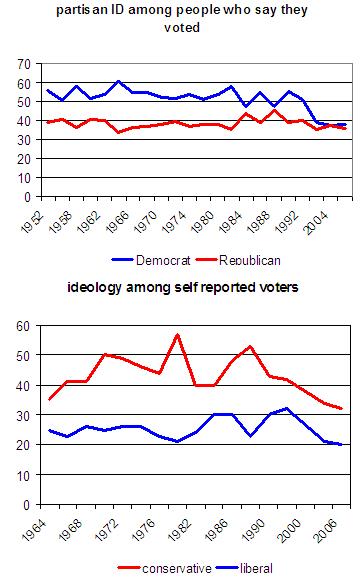In the Baltimore Sun on Nov. 5, Michael Hill wrote a piece entitled “Insiders’ game: More and more, governing has become a process that leaves ordinary Americans watching from the sidelines.” He began:
This time of the year, there is a seamless flow on television as Sunday morning turns to afternoon, from the political talk shows to the NFL pre-game programs.
Both feature pontificating pundits chosen as much for their personalities as their insight. Style is at least as important as substance.
Most significantly, both are spectator sports. Professional football was designed as that. American politics was not.
Even on the verge of an election that has energized the electorate more than most mid-term votes, it still seems that the citizens are on the sidelines of a game that was once famously said to be “of the people, by the people and for the people.”
Hill then quoted Benjamin Ginsburg and Matthew Crenson, co-authors of Downsizing Democracy : How America Sidelined its Citizens and Privatized its Public; Harry Boyte from the University of Minnesota; and me.
I’m as satisfied as the next blogger about last week’s good thumpin’, which was richly deserved. Further, I don’t blame the Democratic Party for the way they played the game. Under the circumstances (one-party rule in disastrous times), the election was inevitably a referendum on the incumbents’ performance. To have injected other themes might only have created ambiguity.
Nevertheless, we can pause and lament with Hill the reduced role that citizens now play in politics.
First, it’s striking that turnout in such a high-stakes election was so poor. Only 40 percent of the eligible electorate voted, according to Curtis Gans. There were big increases in turnout in some states, but they were undermined by decreases in other places. For most citizens, a Congressional race is largely meaningless because the outcome is foreordained by the way districts are drawn.
Second, although I am closely attentive to national news, I heard little or no talk about critical issues such as the federal deficit, poverty, global warming, high school dropouts, or crime and its consequences. I suppose the minimum wage debate represents a proxy for poverty issues, but it is very far from adequate as a policy lever. One of the best arguments for national elections is that they provide an opportunity for public discussion and learning. That opportunity was missed.
Third, there was no empowerment agenda–no talk of how citizens have become spectators but could be given new responsibilities for self-government. This is a deep problem exacerbated by the complexity of modern issues, the delegation of power to administrative agencies and courts, the weakness of grassroots groups, and the influence of specialists (lawyers, economists, professional educators).
Conservatives respond to public unease about spectator politics when they attack “activist judges” for “legislating from the bench”; but their critique is usually inconsistent and opportunistic. Some progressives may have seen voting as a sufficient form of empowerment in 2006–but it isn’t. We will need richer and more demanding forms of civic engagement if we are really going to grapple with our problems.
